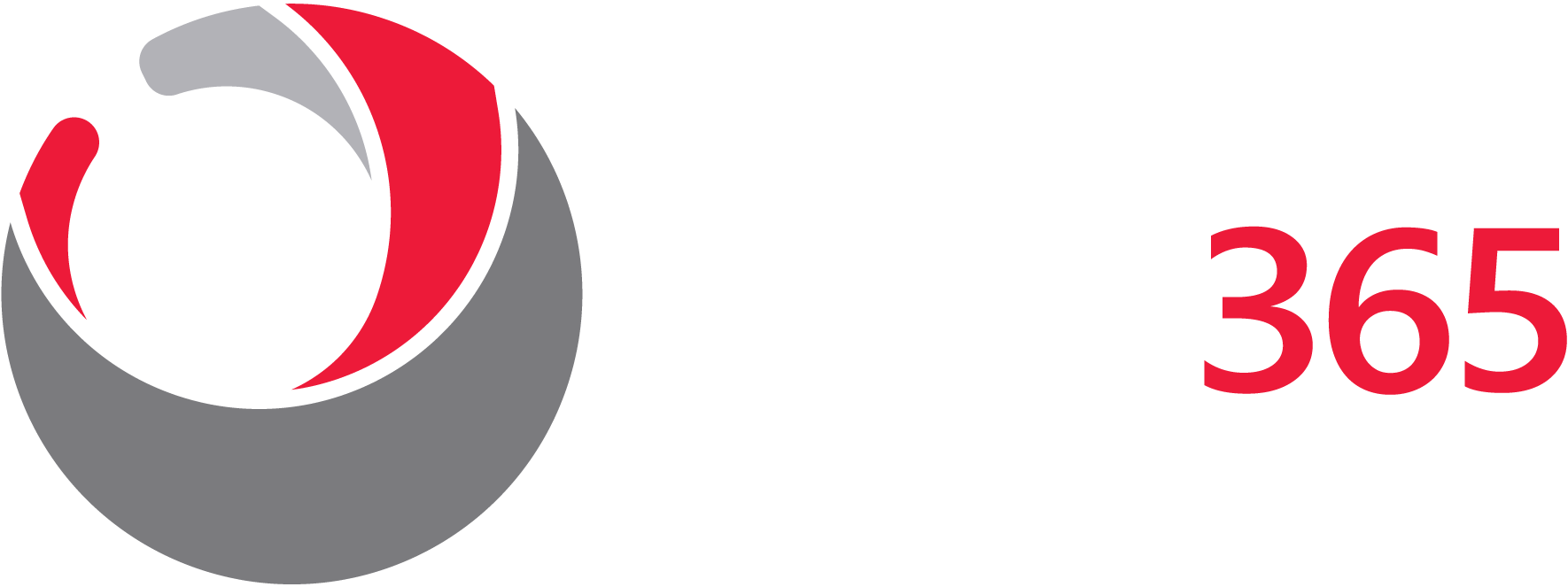These days that block of plastic sitting on your desk feels like the poor cousin of more modern solutions like the smart phone or the app.
Let’s face it, the desk phone has adorned our offices, workplaces, and homes for over a hundred years, and probably the biggest change since its introduction was the change from the rotary dialler to the keypad. Even the migration from TDM to VoIP and unified communications didn’t really change the basic concept of a handset and keypad.
Once upon a time, you knew you were climbing up the career ladder when got a speaker phone and speed dials. That was until the inception of the softphone, now a new generation of millennials having grown up with voice applications on laptops and mobile devices will be entering the workplace and may struggle to relate to what may be perceived as an old-fashioned device with early IP phones falling behind modern requirements.
There is now a battle for vendors to deliver ever more features and functionality via the softphone application. But has the need for desk phone been confined to the history books?
I would argue no.
Quite honestly, the softphone just doesn’t cut it when you need to make that adhoc or emergency call, if you have to logon to a PC, find the app, and start clicking on the dial pad. Sometimes you just can’t beat picking up a handset and dialling a number.
Many IT leaders are making the assumption that by rolling out software-based collaboration endpoints, they can simply remove the phone from the desk. It can make sense. In the post covid19, hybrid working, modern workplace world, what’s the use of the desk phone when you cannot take it with you like the mobile phone and the app.

With organisations increasingly looking to the cloud for their collaboration services, they often neglect to consider the legacy phone estate which often represents a significant investment and are failing to consider that collaboration endpoints are not just a voice app, but cover every single place we work, from the factory floor to the corporate meeting room, requiring a different devices to meet different needs.
Some organisations are also considering the security aspect of the deskphone, the inescapable conclusion that we are living in a more dangerous world where outside threats both from the lone hacker to the state actor to internet services require users have access to a physical handset attached by a length of copper to a TDM PSTN service.
But the array of desk devices and endpoints is flourishing, with an ever-increasing array of features and functionality, providing users multiple options for communicating. Increased security, Gigabit and Wi-Fi support, headset integration and support for multiple platforms and application integration mean business can mix and match endpoint vendor with their solution provider.

Cisco themselves have a plethora of new devices including the Webex Room Phone, Webex Desk Mini and the Webex Desk Hub which come with a variety of AI enabled features such as realtime translation and transcription, all along their cost effective 7800 and 8800 series IP phones, Poly have a large portfolio of devices that integrate with Microsoft Teams with Zoom along with an extensive range of headsets.
Of course, the new challenge to the desk phone on the horizon is fixed-mobile convergence (FMC), offerings such as Microsoft Operator Connect Mobile and Cisco Webex Go. Services that will decouple the cloud solution from the phone app for any device capable of supporting an e-SIM. Time will tell if the trusty desk phone survives the next challenger, the desk phone lives, long live the desk phone.
Want to discuss your telephony requirements?
About the author

Andy Poore
Solutions Architect at Koris365
A Cisco collaboration & networking champion with over 23 years technical experience from initial client engagement, planning and design to deployment, and on-going service management and support. Andy has unparalleled practical experience and knowledge in the IP enabled collaboration sector with involvement in several hundred deployments in both the public and private sectors, from single SMB sites to large global distributed deployments.


